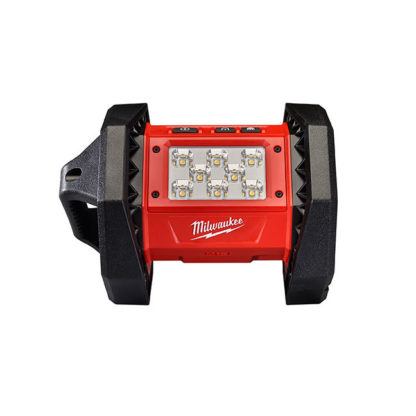Sybertiger
Known around here
...there were no tornados reported last night. So, what's going on here? Bug swarm, spiders, bad nighttime settings on a Dahua IPC-T5442TM-AS??? It lasted 3 and 1/2 hours and appears to be a persistent bug swarm.
It should look more like this out there:

It should look more like this out there:

Last edited:

